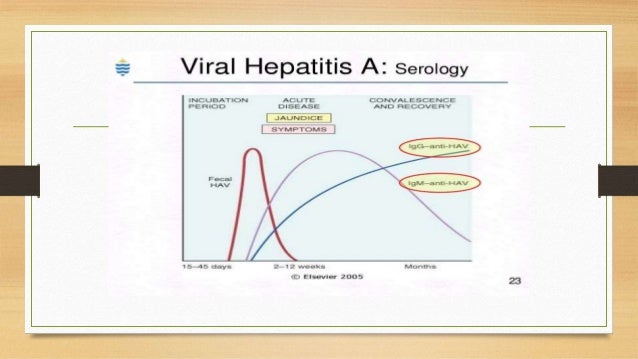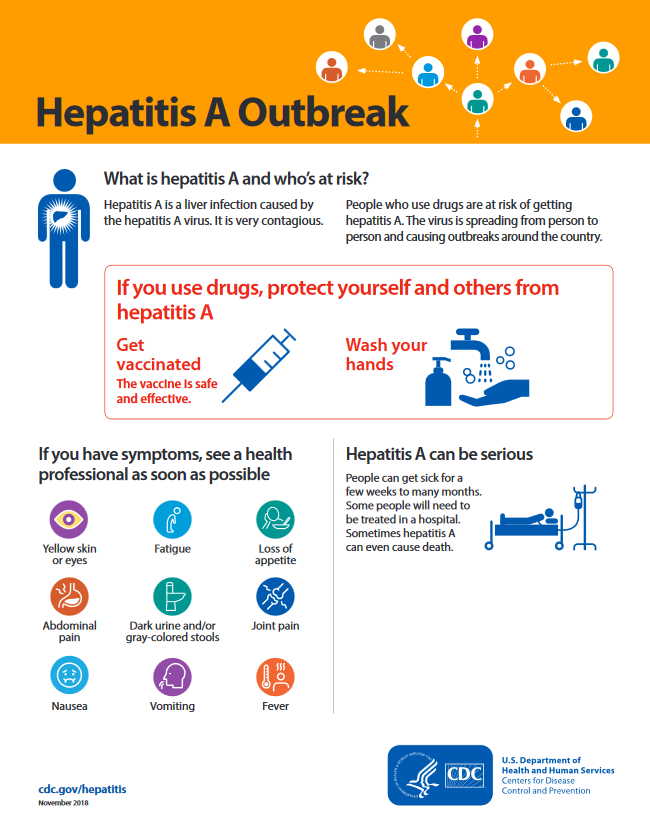
#HEPATITIS A TRANSMISSION MODE SKIN#
In jaundice, the skin and the whites of the eyes take on a yellow tint. In hepatitis B, these symptoms may be accompanied by joint pains and skin eruptions resembling urticaria (hives).Īfter this, the urine may darken and jaundice may appear. Smokers may find they suddenly dislike smoking. Symptoms include low-grade fever, muscle aches, loss of appetite, nausea, vomiting, and fatigue. Most people with hepatitis A and B infections have mild or no symptoms.įor people who get symptoms, flu-like warning symptoms (called a prodrome) often appear about 3 to 10 days before liver symptoms arrive. Hepatitis B only shows itself after 2 to 6 months ( 90 days on average). Hepatitis A has an incubation period (the time between infection and first symptoms) of 2 to 6 weeks ( 28 days on average). those who have recently been in the Middle East, South America, Eastern Europe, Central America, Africa, or Southeast Asia.

People at high risk for hepatitis B include: These chronic carriers are at increased risk of liver failure and liver cancer. Many infected people are asymptomatic (without symptoms) but can pass on the virus. Hepatitis B has an additional complication – some infected people become lifelong carriers, whether they have symptoms or not. The main routes of transmission are through sexual contact, sharing needles, tattooing and body piercing, and from a mother to her baby during childbirth. Hepatitis B is spread by blood and body fluids.

Hepatitis A and B infections are much more common in developing parts of the world. There are also other viruses that can cause liver inflammation, like Epstein-Barr virus and cytomegalovirus, but these viruses are not called hepatitis viruses. The most common types in Canada are A, B, and C. There are many hepatitis viruses, including A, B, C, D, and E. Viral hepatitis is a major cause of chronic hepatitis in North America. There are many causes of hepatitis, including viruses, alcoholism, and medications. Hepatitis may be acute (lasting only for the short term, after which a person recovers) or chronic (lasting for the long term, usually more than 6 months). Hepatitis is the medical term for inflammation of the liver.


 0 kommentar(er)
0 kommentar(er)
